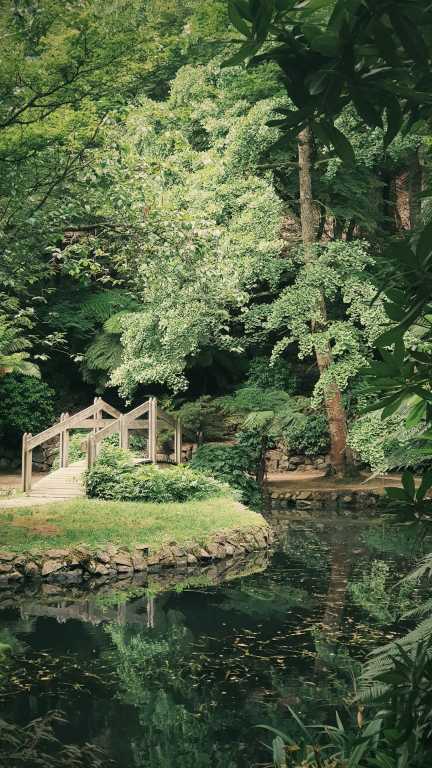Bonsai is an ancient Japanese art form that involves growing and shaping miniature trees in containers. The practice of bonsai dates back thousands of years and has a rich history and tradition. For many, bonsai is not just a hobby, but a way of life that requires patience, skill, and dedication. If you are interested in exploring the art of bonsai, here are some tips for beginners to get you started on your bonsai journey.
1. Choose the Right Tree
The first step in bonsai is selecting the right tree. While nearly any tree can be trained as a bonsai, some species are more suitable for beginners. Common choices for beginners include ficus, juniper, and Chinese elm. These trees are hardy, easy to care for, and forgiving of beginner mistakes. Visit your local nursery or bonsai store to find a tree that appeals to you and fits your climate.
2. Invest in the Right Tools
To care for your bonsai tree properly, you will need a few basic tools. Some essential tools for bonsai include scissors, a concave cutter, wire, and a bonsai pot. Invest in high-quality tools to ensure that you can care for your tree effectively.
3. Learn the Basics
Before you begin training your bonsai tree, it is essential to understand the basics of bonsai care. Bonsai trees require regular watering, pruning, fertilizing, and repotting to thrive. Research the specific needs of your tree species and learn how to care for it properly.
4. Prune Carefully
Pruning is a crucial part of bonsai care that helps to shape your tree and promote healthy growth. When pruning your bonsai tree, be sure to use sharp, clean scissors and trim only small amounts at a time. Take your time and step back frequently to assess the overall shape of the tree.
5. Wire with Caution
Wiring is another essential technique used in bonsai to shape the tree’s branches and trunk. When wiring your bonsai tree, be careful not to wrap the wire too tightly, as this can cause damage to the tree. Check the wiring regularly to ensure that it is not cutting into the tree’s bark.
6. Repot When Necessary
Repotting is an important aspect of bonsai care that helps to refresh the soil and encourage healthy growth. Repot your bonsai tree every two to three years, or when the tree becomes root-bound. Be sure to prune the roots carefully before repotting to promote new growth.
7. Practice Patience
One of the most important skills in bonsai is patience. Bonsai trees take years to develop and shape, so it is essential to be patient and enjoy the process. Remember that bonsai is a long-term commitment that requires dedication and perseverance.
8. Join a Bonsai Club
Joining a bonsai club is a great way to connect with other bonsai enthusiasts, learn new techniques, and get advice from experienced growers. Bonsai clubs often host workshops, exhibitions, and demonstrations that can help you improve your skills and expand your knowledge.
9. Attend Workshops and Demonstrations
Attending workshops and demonstrations is another excellent way to learn more about bonsai and improve your skills. Look for local bonsai events in your area and try to attend as many as possible. You can learn from experienced growers, ask questions, and get hands-on experience with different techniques.
10. Enjoy the Process
Above all, remember to enjoy the process of caring for your bonsai tree. Bonsai is a rewarding and fulfilling hobby that allows you to connect with nature, express your creativity, and cultivate a sense of peace and harmony. Take the time to appreciate the beauty of your tree and the artistry that goes into creating a bonsai masterpiece.
In conclusion, the art of bonsai is a beautiful and ancient practice that offers a unique way to connect with nature and cultivate inner peace. By following these tips for beginners, you can start your bonsai journey with confidence and enjoy the process of caring for your miniature tree. With patience, dedication, and a little creativity, you can create a stunning bonsai masterpiece that will bring joy and beauty to your home for years to come.

